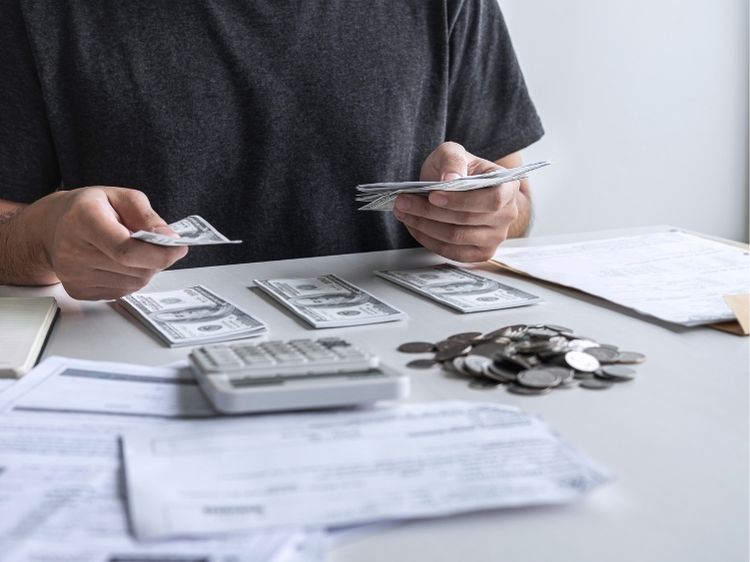In recent years, the issue of forgiveness for student loans is now a major subject for many borrowers who want to be free from the burden of debt. With the constant change in laws, court rulings and legislative initiatives being informed is essential for those who have high-quality federal student loans. Recent updates to student loan forgiveness offer both challenges and opportunities, and knowing the rules is essential to make the most of current programs.
A Changing Landscape for Student Loan Forgiveness
The forgiveness of student loans has been at the heart of discussions in the political arena and policies have changed under various administrations. It is believed that the Biden administration has emphasized efforts to reduce student debt by introducing a variety of ways to help. However, legal challenges as well as legislative obstacles have impeded the introduction of a wide range of forgiveness programs.
Recently certain programs have been gaining traction and offer relief to specific types of borrowers. This includes public servants, teachers, and those who can benefit from the income-driven plans for repayment. Although these initiatives have provided some hope for many, the broader plan to eliminate large portions of federal student loans remains an issue of contention.
Updates on Income-Driven Repayment Plans
In the case of income driven payment (IDR) plan continues to play a crucial part in the process of student loan forgiveness. The plans permit customers to set their monthly payment based on the family size and income as well as the possibility of the forgiveness of loans after twenty and 25 years eligible payments. In the most recent update, the Federal government instituted measures to increase the accuracy of tracking payments and speed up the application process.
A significant change is an important change is the “IDR Account Adjustment,” which is designed to give borrowers credit for years or months of payments previously not counted. This could bring many borrowers closer to forgiveness. If you’re on an income-driven plan for repayment review your repayment history and keeping up-to-date on modifications is crucial.
Public Service Loan Forgiveness: Renewed Focus
The Public Service Loan Forgiveness (PSLF) program has also experienced an increase in the number of updates designed to improve its low approval rate. The PSLF program grants the possibility of forgiveness for borrowers who performed in a qualifying public service positions and have made 120 qualifying loans under certain loans as well as repayment programs.
Recent reforms have broadened access to loans and payments under the waiver of a certain time. Even though the waiver period has ended however, there is no expiration date, but the Department of Education has pledged continuous efforts to improve the accessibility of the program. People who borrow from the public sector are advised to confirm their employment as well as track their admissible payments via Federal student aid’s website.
Legal Battles and Widespread Forgiveness
Despite a series of targeted efforts however, the larger student loan forgiveness program suggested under the Biden administration was met with major legal hurdles. This plan was aimed at cancelling up to $20,000 worth of student loans to borrowers who meet the criteria but was ruled unconstitutional through the Supreme Court in 2023. The decision put millions of borrowers in uncertainty and prompted the administration to consider alternatives to help.
In the moment, the administration is looking to implement student debt relief using an approach known as negotiation rulemaking within the Higher Education Act. While this approach is promising however, it will be a subject to legal scrutiny and could take years to fully implement. At present, those seeking broad forgiveness should be aware of changes and look into options via existing programmes.
Restart of Student Loan Repayments
The complicated nature of the update on student loan forgiveness is the return payment of Federal loan obligations. After a three-year gap due to the COVID-19 epidemic The payments were reinstated in the the latter half of 2023. This has put the financial burden to many borrowers, and in particular those who are hoping for a wide cancellation.
To make the transition easier for students, the Biden administration has introduced to ease the transition, Biden administration introduced Saving on a Valuable Education (SAVE) plan. The new plan for repayment based on income allows for reduced monthly payment, interest-free as well as forgiveness for lower loans within ten years. People who are struggling to make payments are encouraged to look into the SAVE plan and get in touch with their loan servicers for assistance.
What Borrowers Should Do Now
With the ever-changing nature of the student policy regarding loan forgiveness, borrowers must take proactive steps to remain updated and ready. Checking regularly for news provided by the Department of Education, certifying the employment of a PSLF and evaluating the eligibility of income-driven repayment plans are crucial steps to take.
Also, think about seeking advice from a trusted financial advisor or non-profit organizations that specialize on student loans. Understanding the intricacies that are loan forgiveness plans can become confusing however, a little help from a knowledgeable expert could make a big difference.
Moving Forward With Hope and Caution
The landscape of student loan forgiveness is incredibly complex, characterized by legal challenges and political uncertainty. Although targeted programs have brought relief to a lot of borrowers, the goal of widespread cancellation is still elusive for millions. But, the gradual changes and constant reforms suggest the possibility of a more equitable solution to the issue of student debt.






